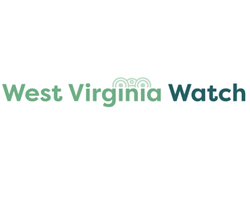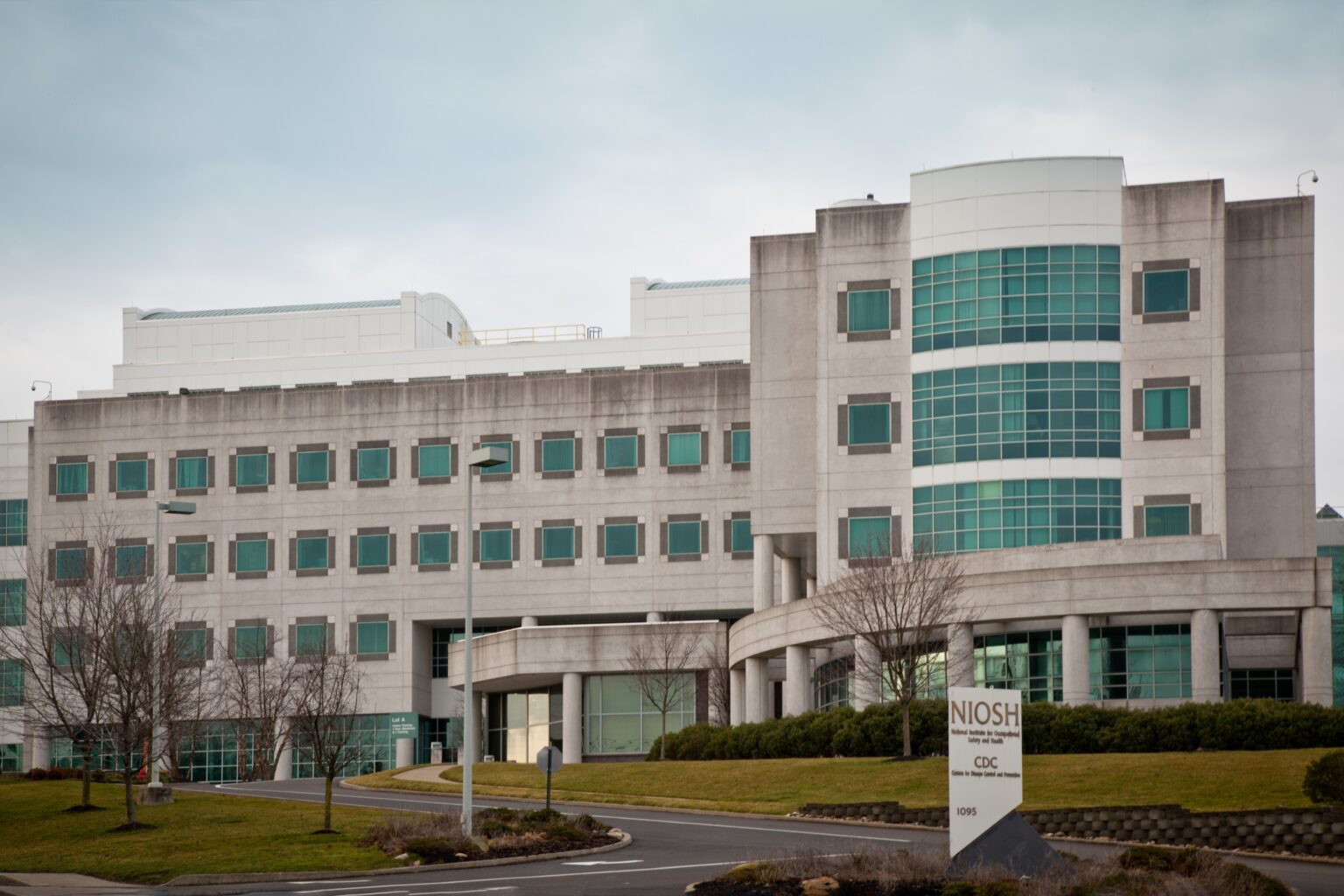Some NIOSH Workers Return Temporarily Amid Cuts Impacting Coal Miner Health Screenings in WV

April 30, 2025 - At least some workers at the National Institute of Occupational Safety and Health are getting back to work this week after federal cuts in early April took them off the job, according to a statement released Tuesday by Sen. Shelley Moore Capito, R-W.Va.
Those returning to work include some employees from the Coal Worker Health Surveillance Program and the Fire Fighters’ Fatality Investigation and Prevention Program. The total number of individuals who were granted reemployment has not been released.
And those who are returning to work will, at this time, only be doing so temporarily.

Some employees of the National Institute for Occupational Safety and Health, pictured here on Jan. 28, 2012 in Morgantown, W.Va., will return temporarily, according to Sen. Shelley Moore Capito. (Getty Images)
A Reduction In Force for the “vital” federal agency is still slated to go into effect in June and will impact these workers, according to a statement from the local chapter of the American Federation of Governmental Employees, a labor union representing the employees.
Cathy Tinney-Zara, president of AFGE Local 3430 in Morgantown, said in a news release that the union is “encouraged” by the decision to call crucial workers back to work.
“This action, though temporary, allows these dedicated professionals to return to their critical roles in advancing worker safety and health across the country,” Tinney-Zara said. “Their return means renewed momentum for life-saving research, outreach and interventions that protect workers in high-risk industries and help prevent illness, injury, and death on the job.”
Notably, Tinney-Zara continued, it seems only workers in the CWHSP and the FFFIPP — programs that are “currently in the media spotlight” — were included in the calls to return to work. That leaves numerous other programs and initiatives undertaken by NIOSH still inoperable after cuts from the new federal Department of Government Efficiency hit the agency in early April.
“These are undoubtedly vital initiatives, but they are only a portion of the comprehensive, nationwide worker protection mission NIOSH fulfills,” Tinney-Zara said. “From construction sites to health care facilities, from transportation hubs to agricultural fields, NIOSH’s work touches nearly every corner of the American labor force.”
The directive offering some people their jobs back came after Capito, earlier this month, wrote a letter to U.S. Health and Human Services Secretary Robert F. Kennedy Jr. urging him to reconsider the cuts that cost at least 200 people their jobs — and, in turn, ended the programs they worked for — in the Morgantown NIOSH facility.
On Tuesday, Capito said in a statement that she was “encouraged that some NIOSH functions for coal miner and firefighter safety are slated to resume with some select staff returning to work this week.”
“But my understanding is that this is temporary so my focus will continue to be on working with [the federal Department of Health and Human Services] on permanently restoring these functions and personnel in the most efficient and effective manner,” Capito continued.
In her letter to Kennedy on April 21, Capito emphasized how critical Morgantown’s NIOSH facility and the workers within it were to combatting deadly black lung disease and protecting miners who are now being pushed, through initiatives by the Trump Administration, to mine more coal than any time in recent memory.
“The NIOSH Mining Program works to eliminate mining fatalities and injuries. Research in rock dust has resulted in safety changes to prevent explosions in underground mines …” Capito wrote. “NIOSH’s [CWHSP] studies respiratory disease and provides black lung screenings to coal miners. It is my understanding that the RIF impacted every employee in these important programs.”
With work by the CWHSP halted since April 1, coal miners in central Appalachia have been without access to critical health services and surveillance, including free screenings for black lung and a program that allows them, once diagnosed with black lung, to request relocating to a different, less dusty portion of a mine in order to mitigate the worst developments of the deadly disease.
Anyone requesting to relocate in a mine — a labor right afforded to miners through the Part 90 program — must have their black lung testing results evaluated and marked eligible by a NIOSH worker in order to be approved.
But with DOGE’s cuts, those workers didn’t exist anymore.
The reduction in services for coal miners comes as a surge of black lung disease is hitting the workforce. It also hits as implementation of a federal rule that would limit miners’ exposure to dangerous silica dust for the first time ever has been delayed.
The Centers for Disease Control and Prevention estimates that about 20% of coal miners in central Appalachia are suffering from black lung — the highest rate detected in more than 25 years. One in 20 of the region’s coal miners are living with the most severe form of the condition.
And the resurgence of black lung is hitting coal miners at younger ages than ever before. This is due to miners, because of a lack of easily accessible coal, being forced to dig through more silica-rich sandstone than their predecessors in order to reach what little coal remains.
When the silica dust rule was slated to go into effect this month, the former secretary for the federal Department of Labor estimated that it could potentially save thousands of lives.
Now, according to the Charleston Gazette-Mail, the federal Mine Health and Safety Administration — the agency that would be in charge of enacting and enforcing the silica rule — is being temporarily headed by an attorney who worked with industry groups that lobbied against implementation of exposure limits for silica, which advocates and coal mining veterans have colored as being life saving if ever implemented.

